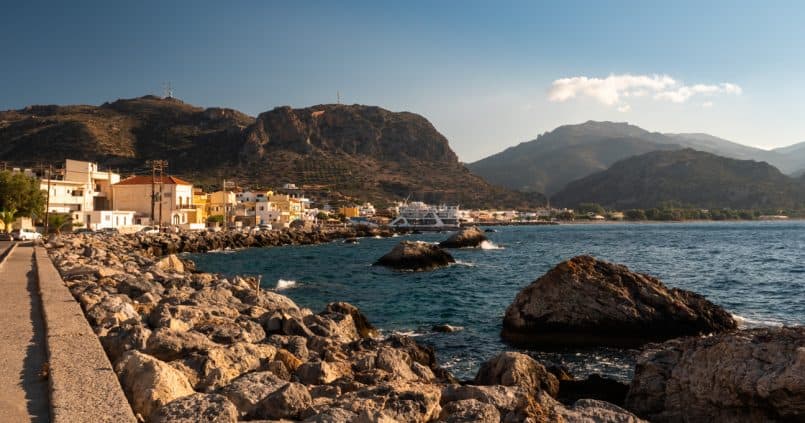Crete, Greece, is a treasure trove of stunning landscapes, rich history, and vibrant culture waiting to be uncovered. But when is the best time to experience this enchanting island? Each season paints Crete in a different light, offering unique adventures and breathtaking sights. From the sun-kissed beaches of summer, alive with laughter and warmth, to the serene, colourful blooms of spring, there’s a perfect season tailored just for you. Autumn ushers in harvest festivals and mild weather, while winter reveals a quieter side, ideal for exploration and local experiences. Join us as we dive into the seasons of Crete and uncover the ideal time for your unforgettable journey. With each visit promising something extraordinary, the magic of Crete awaits—let’s find out when your perfect season is calling!
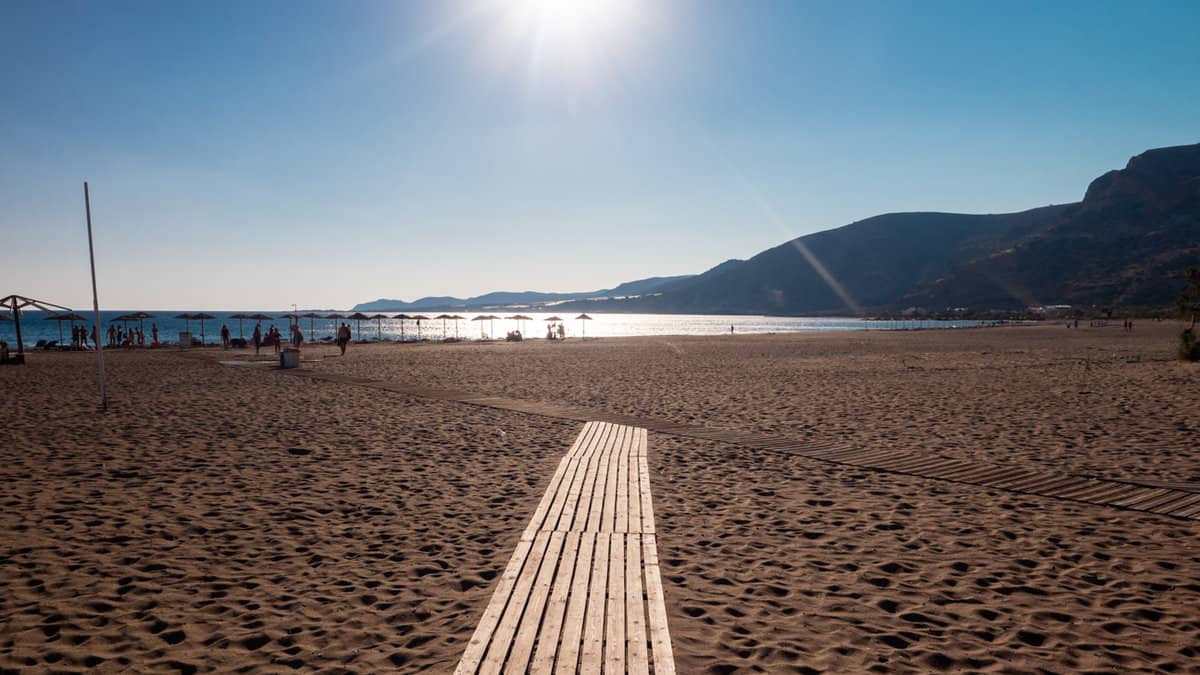
Overview of Crete’s Climate and Weather Patterns
Crete, the largest of the Greek islands, boasts a Mediterranean climate characterised by hot, dry summers and mild, wet winters. This diverse climate allows for a range of activities year-round, making it an attractive destination for travellers seeking both relaxation and adventure. The island’s weather is influenced by its geographical location, with the northern coast experiencing slightly cooler temperatures due to the Aegean Sea’s moderating effect, while the southern coast enjoys more consistent warmth courtesy of the Libyan Sea.
Spring and autumn are considered the shoulder seasons, offering moderate temperatures and fewer tourists. During spring, temperatures range from 15°C to 25°C (59°F to 77°F), making it perfect for outdoor activities such as hiking and exploring historical sites. Autumn sees similar temperatures, gradually cooling as the season progresses, which is ideal for those who prefer milder weather and a more relaxed pace.
Summers in Crete are typically hot and dry, with temperatures often soaring above 30°C (86°F). This is the peak tourist season, and while the beaches and resorts are bustling with activity, it’s also a time when the island’s vibrant culture comes to life through festivals and events. Winters are mild, with temperatures rarely dipping below 10°C (50°F), and while there is more rainfall, it’s a great time for exploring the island’s rich history and enjoying local traditions without the crowds.
Springtime in Crete: A Blooming Paradise
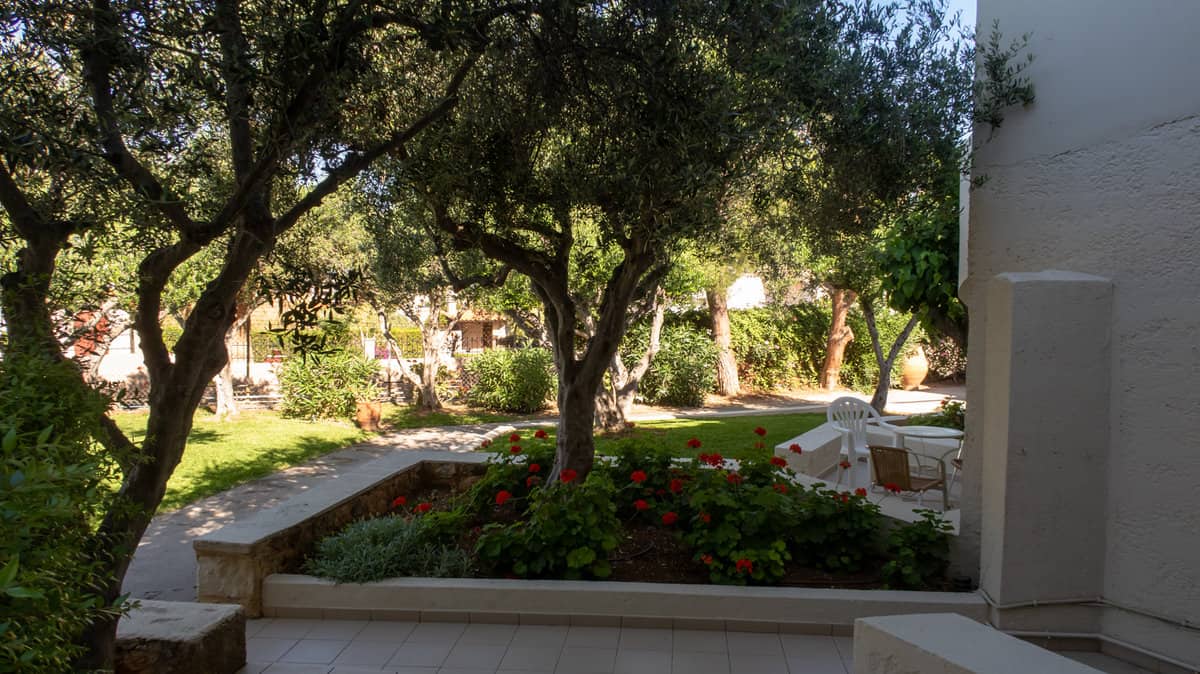
Spring in Crete is a magical time when the island awakens from its winter slumber, bursting into a riot of colours and fragrances. The landscape is covered in wildflowers, and the air is filled with the scent of blooming herbs and citrus blossoms. This season is perfect for nature lovers and outdoor enthusiasts who can explore the island’s many hiking trails, such as the famous Samaria Gorge, without the scorching summer heat.
One of the highlights of visiting Crete in spring is the opportunity to witness traditional Easter celebrations, which are deeply rooted in the island’s culture. The Greek Orthodox Easter is a significant event, marked by a series of rituals and festivities. Visitors can experience the solemn processions of Good Friday, the midnight Resurrection service, and the joyous feasts that follow, where locals gather to enjoy lamb roasted on an open spit, accompanied by traditional music and dance.
Another benefit of visiting Crete in the spring is the pleasant weather, which allows for comfortable exploration of the island’s historical sites. The ancient ruins of Knossos, Phaistos, and Gortyna are less crowded, providing a more intimate experience. Additionally, the mild temperatures are ideal for exploring the charming villages scattered across the island, where visitors can immerse themselves in local culture and hospitality. Whether you’re wandering through the picturesque streets of Chania or sampling fresh produce at a local market, springtime in Crete offers a unique blend of natural beauty and cultural richness.
Summer in Crete: Sun, Beaches, and Vibrant Culture
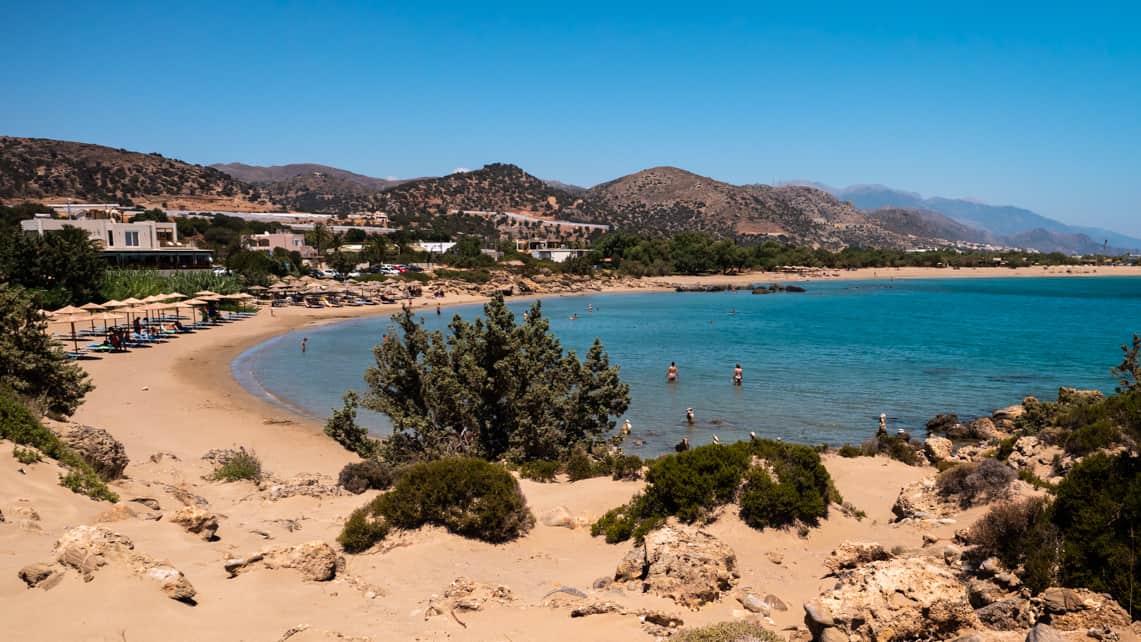
Summer in Crete is synonymous with endless sunshine, azure waters, and a lively atmosphere that attracts visitors from all over the world. This is the season when the island truly comes alive, with its stunning beaches and vibrant nightlife drawing crowds of sun-seekers and party enthusiasts. From the famous Elafonissi Beach with its pink sand and crystal-clear waters to the secluded coves of Balos Lagoon, Crete’s coastline offers something for everyone.
In addition to its beautiful beaches, summer is also the time for a plethora of cultural events and festivals that showcase the island’s rich heritage. One of the most notable is the Heraklion Summer Arts Festival, which features a diverse program of music, theatre, dance, and visual arts. Held in the island’s capital, this festival attracts both local and international artists, providing a platform for creative expression and cultural exchange. Similarly, the Rethymno Renaissance Festival celebrates the island’s historical and cultural legacy with performances, exhibitions, and workshops that transport visitors back to the Venetian era.
For those seeking adventure, summer in Crete offers a wide range of outdoor activities. The warm, clear waters are perfect for snorkelling, diving, and sailing, allowing visitors to explore the island’s underwater treasures and coastal beauty. Inland, the rugged mountains and scenic gorges provide excellent opportunities for hiking, rock climbing, and mountain biking. Whether you’re exploring the ancient ruins of Knossos, savouring fresh seafood at a seaside taverna, or dancing the night away at a beach party, summer in Crete promises an unforgettable experience filled with sun, sea, and culture.
Autumn in Crete: Harvest Season and Mild Weather
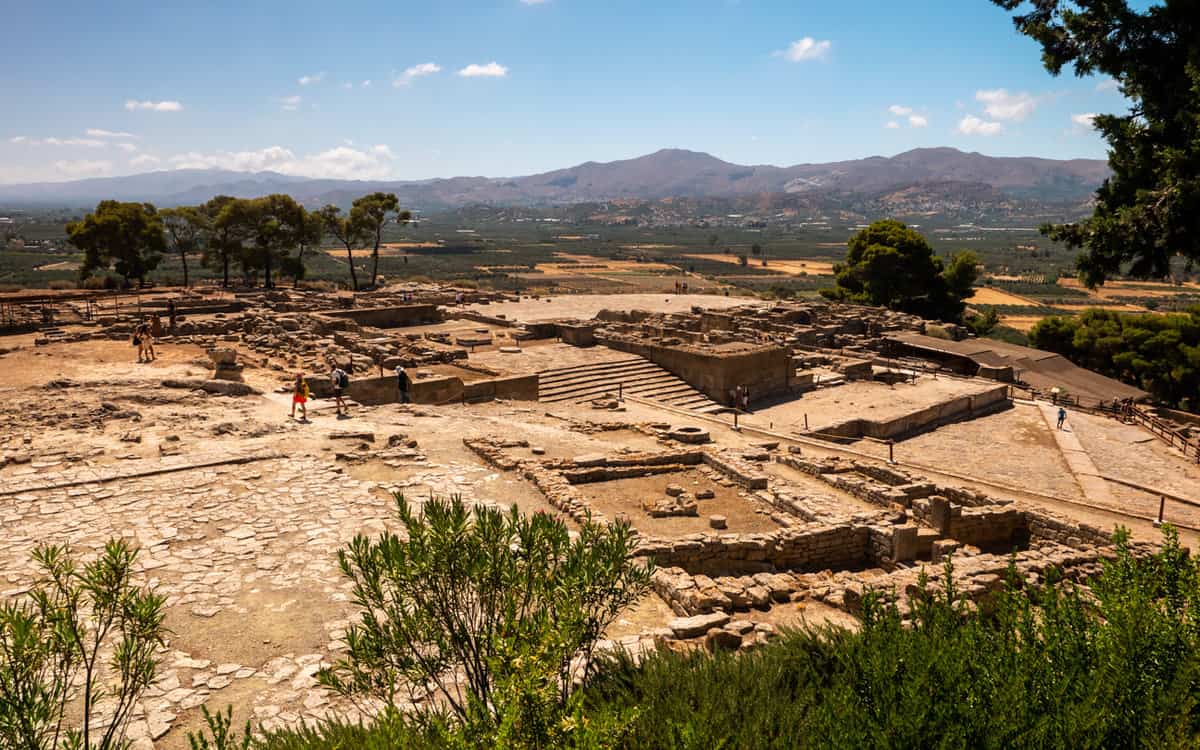
Autumn in Crete is a season of abundance and tranquility, as the island transitions from the bustling summer months to a more relaxed pace. The weather remains pleasantly warm, with temperatures ranging from 20°C to 25°C (68°F to 77°F), making it an ideal time for outdoor activities and exploring the island’s natural beauty. The autumn months also mark the beginning of the harvest season, a time when the island’s agricultural bounty is celebrated through various festivals and traditions.
One of the highlights of visiting Crete in the autumn is the chance to participate in the grape harvest and wine-making process. The island is home to several renowned wineries, such as Lyrarakis and Douloufakis, where visitors can join in the grape-picking, learn about traditional and modern wine-making techniques, and sample a variety of local wines. The Rethymno Wine Festival, held in early September, is a vibrant celebration of Cretan wine culture, featuring tastings, music, and dancing.
Autumn is also the season for olive harvesting, another integral part of Cretan life. Visitors can experience the age-old tradition of olive picking, visit olive mills to see how the fruit is processed into oil, and taste fresh, high-quality olive oil. The mild weather is perfect for exploring the island’s many olive groves and learning about the significance of this “liquid gold” in Cretan cuisine and culture.
In addition to the harvest activities, autumn offers a more serene and intimate experience of Crete. The crowds begin to thin out, and the island’s historical sites, hiking trails, and beaches become more accessible. Whether you’re exploring the ancient ruins of Aptera, hiking through the lush greenery of the Imbros Gorge, or simply enjoying a quiet evening in a traditional village, autumn in Crete provides a perfect blend of cultural immersion and natural beauty.
Winter in Crete: A Hidden Treasure for Adventurers
Winter in Crete unveils a side of the island that is often overlooked by tourists but cherished by those seeking a more authentic and tranquil experience. The weather remains relatively mild, with temperatures ranging from 10°C to 15°C (50°F to 59°F), making it a comfortable time for exploring the island’s rich history, culture, and natural landscapes. While the beaches may be too cool for swimming, the winter months offer a unique charm and a slower pace that allows for deeper immersion into local life.
One of the most appealing aspects of visiting Crete in the winter is the opportunity to explore the island’s cultural and historical heritage without the crowds. The ancient ruins of Knossos, Phaistos, and Gortyna are virtually empty, providing a more intimate and contemplative experience. Museums, such as the Heraklion Archaeological Museum and the Historical Museum of Crete, offer fascinating insights into the island’s past, with exhibitions that cover everything from Minoan civilisation to Byzantine art.
Winter is also an excellent time for hiking and exploring Crete’s diverse landscapes. The island’s gorges, such as Samaria and Imbros, are less crowded and more peaceful, allowing for a more reflective and immersive experience. The White Mountains, or Lefka Ori, often see a dusting of snow, creating a picturesque backdrop for hiking and photography. Additionally, the mild temperatures are ideal for exploring the island’s charming villages, where visitors can experience traditional Cretan hospitality and cuisine.
For those seeking a more immersive cultural experience, winter in Crete offers the chance to participate in local traditions and festivals. The island’s villages come alive with celebrations such as the Feast of St. Nicholas and Christmas festivities, which are marked by religious ceremonies, music, dance, and feasting. Visitors can join in the communal spirit, taste seasonal delicacies, and learn about the island’s customs and folklore. Whether you’re exploring ancient ruins, hiking through scenic landscapes, or celebrating with locals, winter in Crete offers a hidden treasure trove of experiences for the adventurous traveller.
Key Events and Festivals Throughout the Year
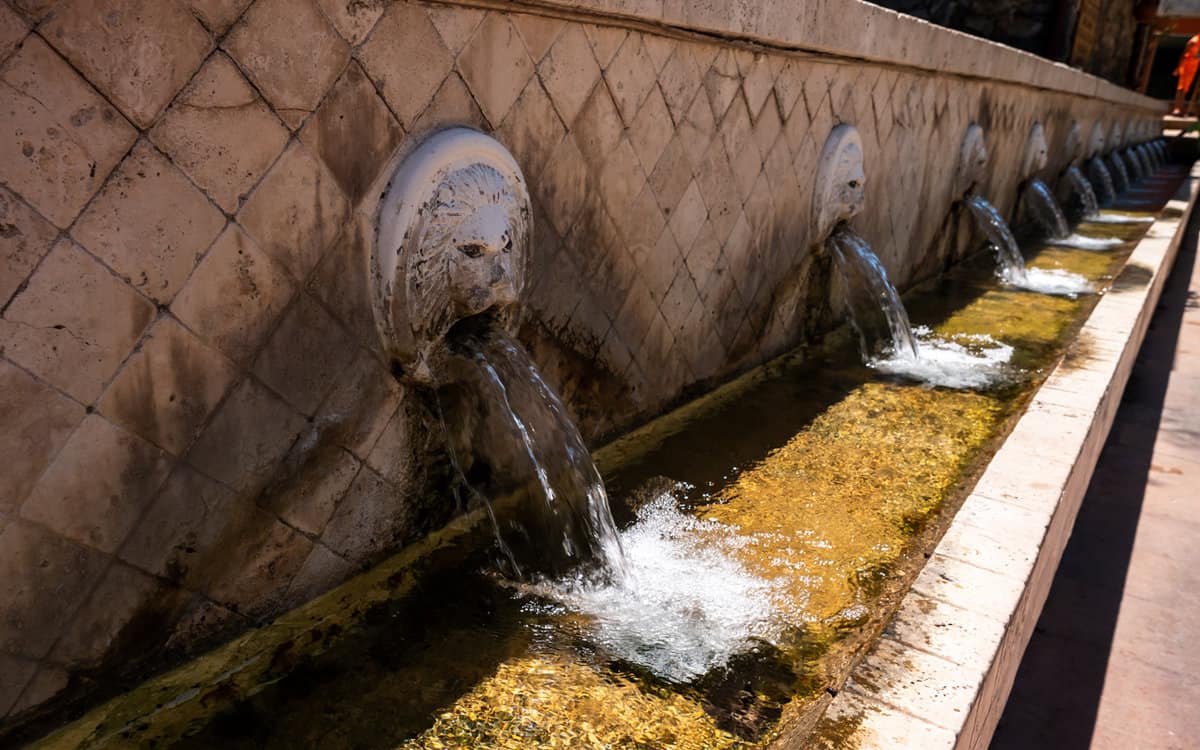
Crete’s rich cultural heritage is celebrated through a wide array of events and festivals that take place throughout the year. These festivities offer visitors a unique opportunity to experience the island’s traditions, music, dance, and cuisine, providing a deeper understanding of Cretan life and culture. From religious celebrations to seasonal festivals, there’s always something happening on this vibrant island.
One of the most significant events in Crete is the Greek Orthodox Easter, which usually falls in April or May. The week leading up to Easter is filled with solemn and joyous rituals, including church services, processions, and feasts. Good Friday is marked by a sombre procession, while Holy Saturday culminates in a midnight Resurrection service, followed by a celebratory meal. Easter Sunday is a day of feasting, with families and friends gathering to enjoy lamb roasted on an open spit, accompanied by traditional music and dance.
During the summer months, the island hosts several cultural festivals that showcase its artistic and musical heritage. The Heraklion Summer Arts Festival is one of the most prominent, featuring performances by local and international artists in music, theatre, dance, and visual arts. Similarly, the Rethymno Renaissance Festival transports visitors back to the Venetian era with historical reenactments, concerts, and exhibitions. The Matala Beach Festival, held in June, is a vibrant celebration of music and art, attracting visitors of all ages to the famous Matala Beach, known for its iconic caves and bohemian history.

Autumn brings a focus on the island’s agricultural bounty, with festivals celebrating the grape and olive harvests. The Rethymno Wine Festival in early September offers tastings, music, and dancing, while the olive harvest season provides opportunities to participate in olive picking and learn about olive oil production. Winter festivals, such as the Feast of St. Nicholas and Christmas celebrations, bring communities together with religious ceremonies, music, dance, and feasting. Whether you’re visiting in spring, summer, autumn, or winter, Crete’s festivals and events offer a vibrant and immersive experience of the island’s culture and traditions.
Tips for Choosing the Best Time Based on Activities
Choosing the best time to visit Crete largely depends on the activities you wish to pursue and the type of experience you’re seeking. Each season offers its own unique charm and opportunities, so understanding what you want to get out of your trip can help you plan the perfect visit. Here are some tips to help you decide when to travel to Crete based on your interests.
For beach lovers and sun-seekers, summer is the ideal time to visit Crete. The warm, sunny weather is perfect for lounging on the island’s beautiful beaches, swimming in the clear blue waters, and enjoying water sports such as snorkelling, diving, and sailing. The vibrant atmosphere and numerous cultural events make summer an exciting and lively time to experience the island. However, if you prefer a quieter beach experience, consider visiting in late spring or early autumn when the weather is still warm, but the crowds are thinner.
If you’re an outdoor enthusiast who enjoys hiking, exploring nature, and engaging in physical activities, spring and autumn are the best seasons for you. The mild temperatures and blooming landscapes of spring make it an excellent time for hiking through Crete’s scenic gorges, such as Samaria and Imbros, and exploring the island’s diverse flora and fauna. Autumn offers similar conditions, with the added bonus of participating in harvest activities such as grape and olive picking. Both seasons provide a comfortable climate for exploring historical sites and charming villages without the summer heat.
For those interested in cultural immersion and experiencing local traditions, winter offers a unique and authentic glimpse into Cretan life. The island’s villages come alive with religious ceremonies, festive celebrations, and communal gatherings. The mild weather allows for comfortable exploration of historical sites and museums, while the lack of crowds provides a more intimate and relaxed experience. Winter is also a great time for culinary enthusiasts to savour traditional Cretan cuisine and seasonal delicacies in a cosy, welcoming atmosphere.
How Seasonal Changes Affect Travel Costs
Seasonal changes significantly impact travel costs in Crete, with prices varying based on the time of year and the level of demand. Understanding these fluctuations can help travellers plan their trips more effectively and make the most of their budget. Here’s a breakdown of how travel costs can change with the seasons and some tips for finding the best deals.
Summer is the peak tourist season in Crete, and as such, it is also the most expensive time to visit. Flights, accommodations, and rental cars are in high demand, leading to higher prices. Popular hotels and resorts often book up quickly, so it’s advisable to make reservations well in advance. Dining and entertainment costs can also be higher, especially in tourist hotspots. However, the vibrant atmosphere, numerous festivals, and perfect beach weather make it a worthwhile investment for many travellers. To save on costs, consider travelling in late spring or early autumn, when the weather is still warm, but prices are lower.
Spring and autumn are considered the shoulder seasons, offering a balance between favourable weather and more affordable travel costs. Flights and accommodations are generally cheaper than in the summer, and there are often fewer crowds, allowing for a more relaxed experience. These seasons are ideal for outdoor activities, cultural exploration, and taking advantage of special offers and discounts from hotels and tour operators. Booking in advance and being flexible with travel dates can help you secure the best deals.
Winter is the off-season in Crete, and as a result, it is the most budget-friendly time to visit. Flights and accommodations are significantly cheaper, and there are often deals and promotions to attract visitors during this quieter period. While some tourist-oriented businesses may close for the season, the island’s cultural and historical sites, museums, and traditional villages remain open, providing a rich and authentic experience. Winter travellers can enjoy the island’s mild climate, participate in local festivals, and savour traditional cuisine at a fraction of the cost of a summer visit.
Conclusion: Planning Your Perfect Trip to Crete
Planning the perfect trip to Crete involves considering the activities you wish to pursue, the type of experience you’re seeking, and your budget. Each season on this enchanting island offers its own unique charm and opportunities, allowing you to tailor your visit to your preferences and interests. Whether you’re a beach lover, an outdoor enthusiast, a cultural explorer, or a budget-conscious traveler, there’s a perfect time for you to discover the magic of Crete.
Springtime in Crete is a blooming paradise, ideal for nature lovers and those seeking mild weather and vibrant landscapes. The island’s wildflowers, traditional Easter celebrations, and accessible historical sites make it a wonderful time to explore and immerse yourself in local culture. Summer brings sun, beaches, and a lively atmosphere, perfect for those who want to bask in the warmth, enjoy water sports, and experience the island’s vibrant festivals and nightlife.
Autumn in Crete offers a blend of harvest season activities, mild weather, and a more relaxed pace. This is an excellent time for participating in grape and olive picking, exploring historical sites, and enjoying the island’s natural beauty without the summer crowds. Winter reveals a hidden treasure for adventurers, with mild temperatures, fewer tourists, and a chance to experience local traditions and festivals in a more intimate setting.
Understanding how seasonal changes affect travel costs can help you plan your trip more effectively and make the most of your budget. Whether you’re visiting during the peak summer season, the affordable shoulder seasons of spring and autumn, or the budget-friendly winter months, Crete promises an unforgettable experience filled with stunning landscapes, rich history, and vibrant culture.
So, when will your perfect season to visit Crete be? The magic of this enchanting island awaits, ready to offer you an unforgettable journey no matter when you choose to explore its wonders. Start planning your trip today and get ready to uncover the beauty, history, and charm of Crete, Greece.
Check out our Crete Island Guide to learn more about the island and start planning your trip.

